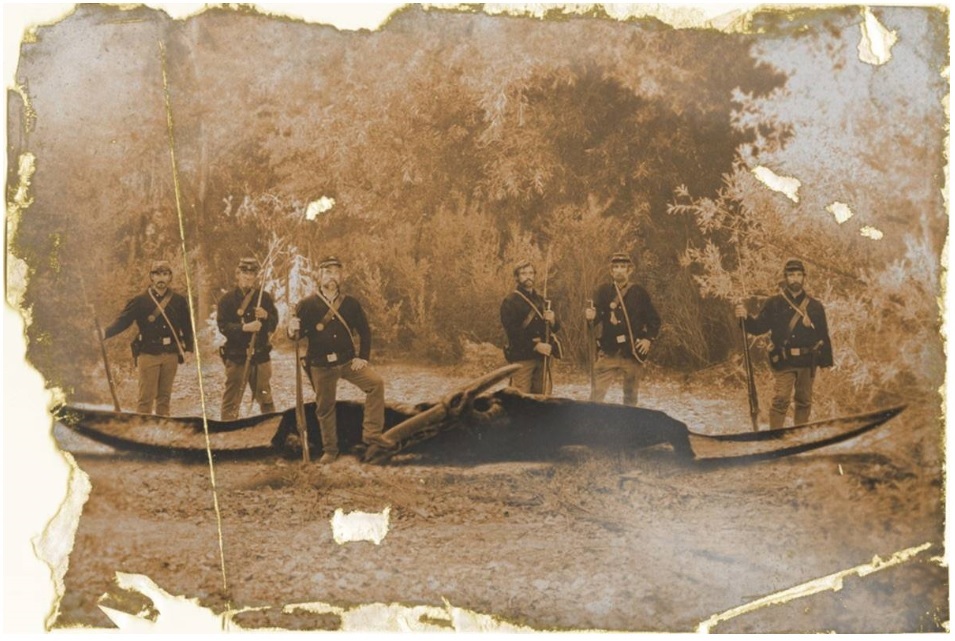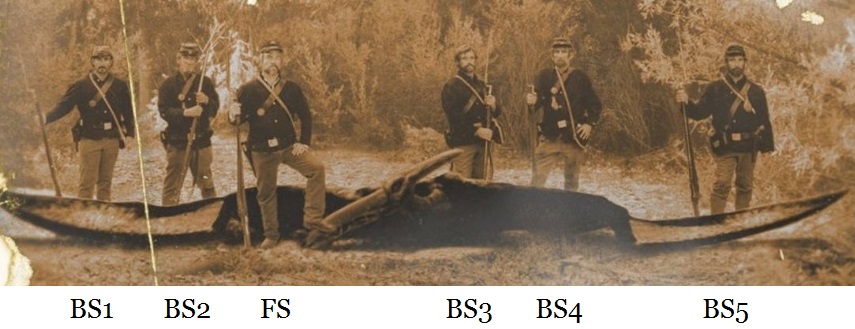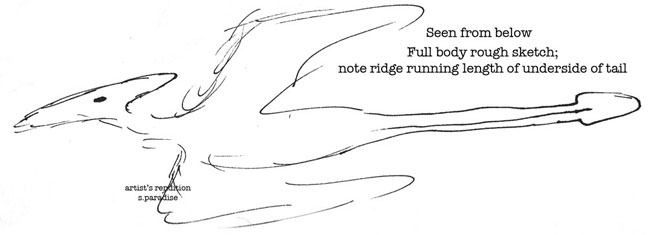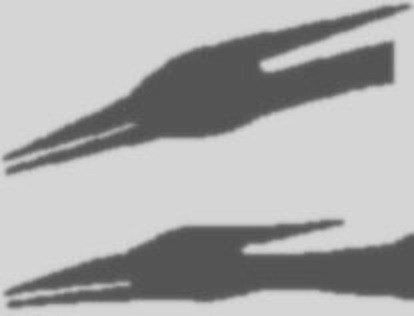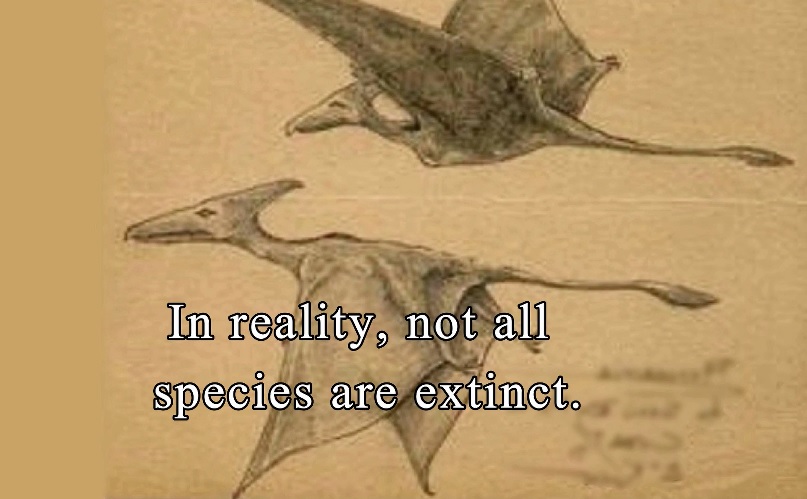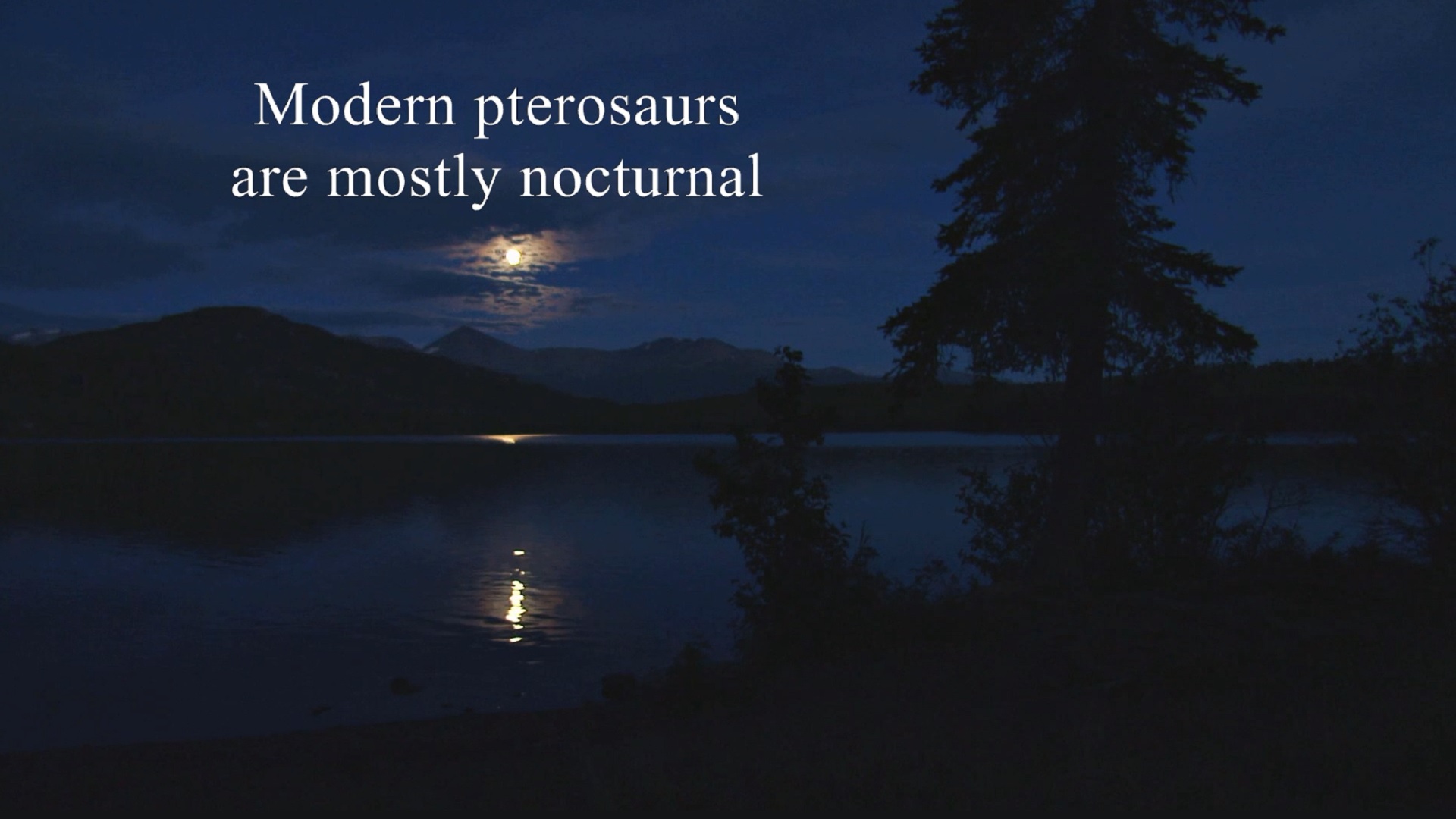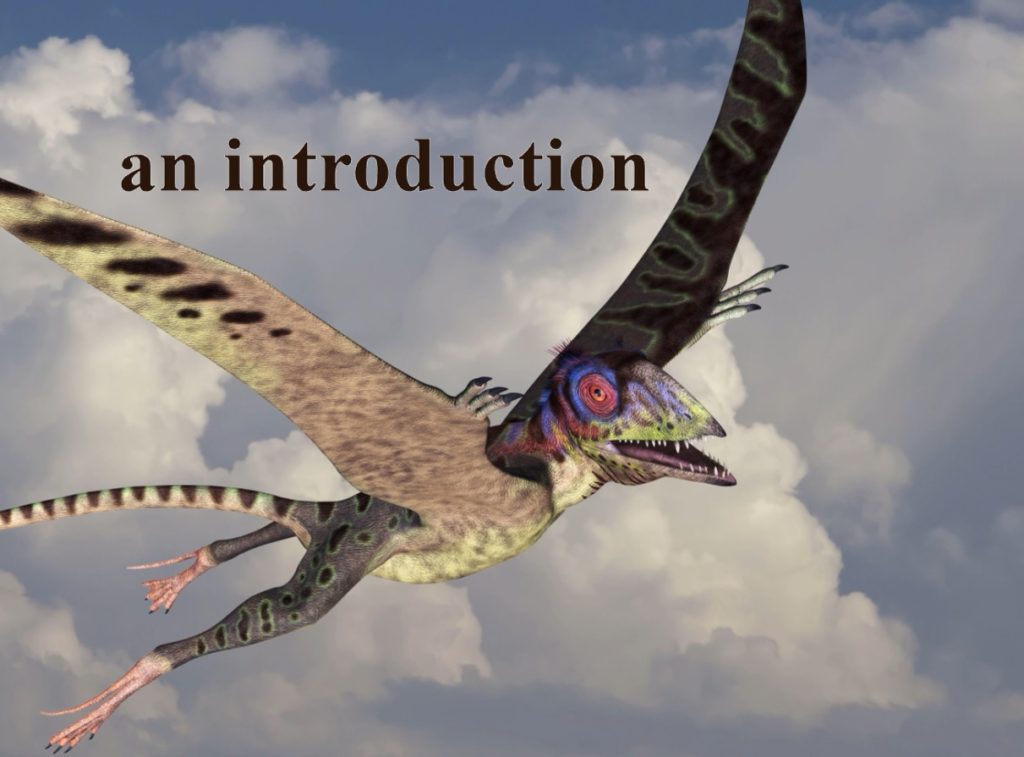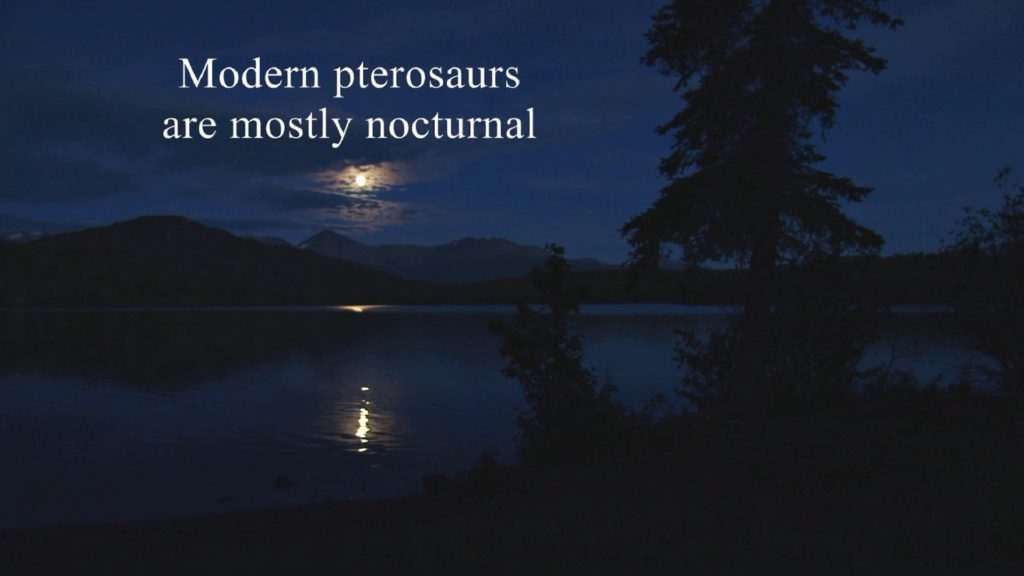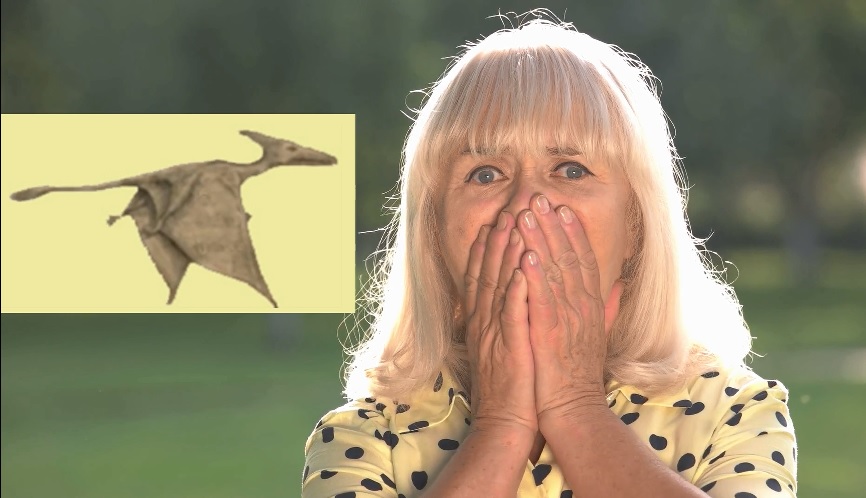By Jonathan D. Whitcomb
What would be the ideal way to come to grips with the Ptp (“Civil War pterodactyl photo”) image? I believe it could be this: Somebody would discover an old book or magazine, best if published before around the 1970’s, with the image plainly visible on one of its pages. But as of mid-2022, that does not seem to have happened, so we have to make do with the image we have: apparent American soldiers, dressed like men of the Union army of the Civil War, at least with uniforms that suggest such to the casual observer of the apparently old photo.
Now take a closer look, in particular at the belt buckle of one man:
![]() Rectangular belt buckle on a low-ranking soldier
Rectangular belt buckle on a low-ranking soldier
.
Rectangular belt buckles were not, apparently, worn by common Union soldiers during the American Civil War, as I understand. Is this just a rare exception shown in this Ptp image? Look at other men in Ptp:
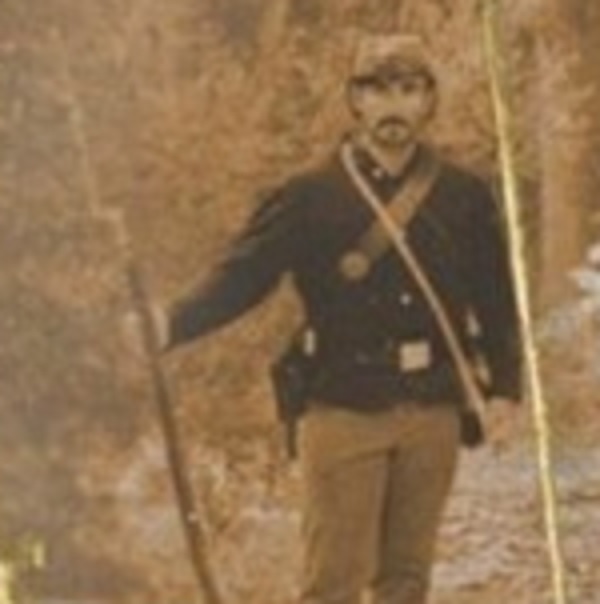 Apparent American soldier “BS1” with rectangular belt buckle
Apparent American soldier “BS1” with rectangular belt buckle
.
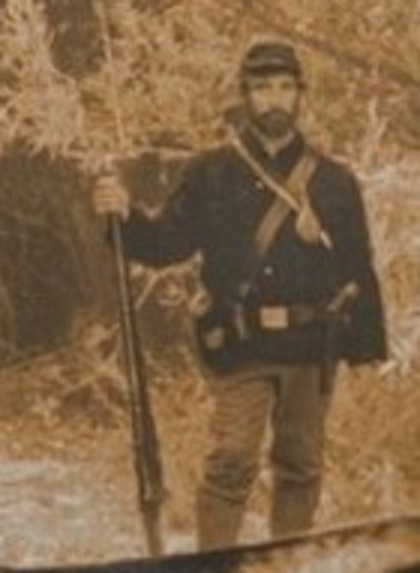 Another man (BS5) in the “pterodactyl” photo called “Ptp”
Another man (BS5) in the “pterodactyl” photo called “Ptp”
.
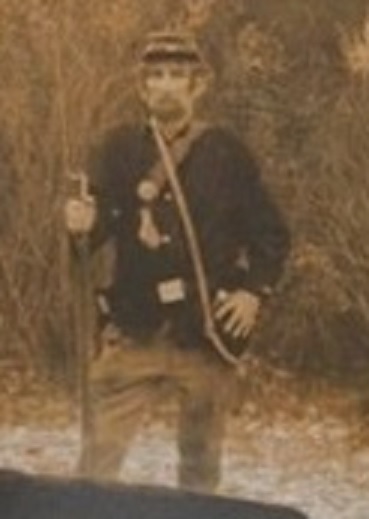 “BS-4” also has a rectangular belt buckle
“BS-4” also has a rectangular belt buckle
.
Apparently not one of the six men has a rank even as high as a sergeant, and not one of them seems to have an oval belt buckle, which has been called the standard buckle shape for common Union soldiers during the American Civil War. So what are we to conclude?
Were they Civil War reenactors of the 20th or 21st centuries? No, that is very unlikely. Why? They would have had oval belt buckles, for actors portraying common soldiers on the Union side of the Civil War have oval belt buckles, almost without any exception, at least according to what I have discovered in my examinations of many photos of such reenactors.
.
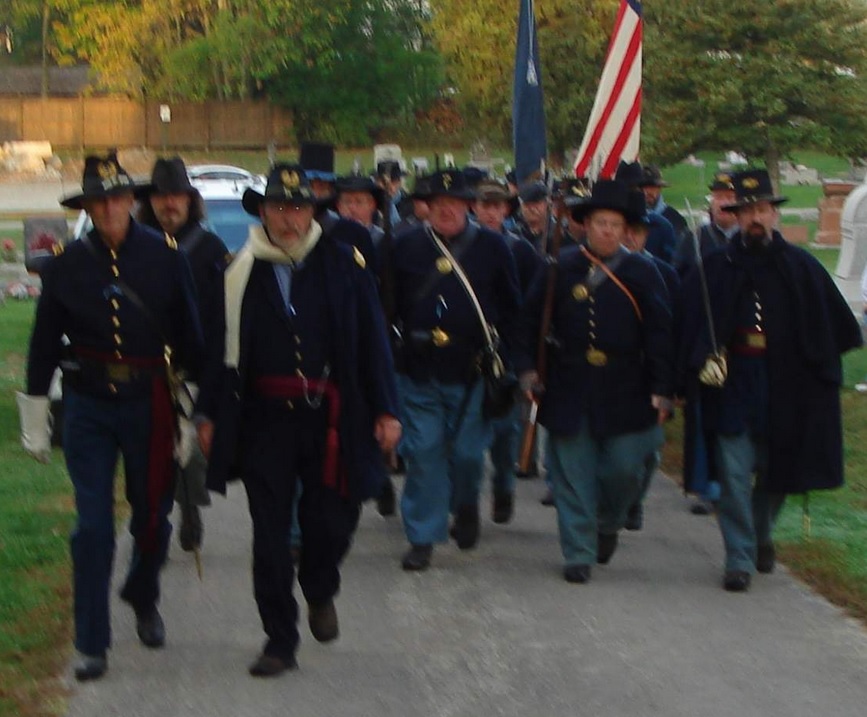 Modern American Civil War reenactors (Union soldiers)
Modern American Civil War reenactors (Union soldiers)
.
The Meaning of Belt-Buckle Shape in the “Pterodactyl” Photo
Bear with me and I’ll get to the point about the apparent pterosaur in the Ptp image. For lower-ranking Union soldiers of the American Civil War, and for reenactors who dress in similar uniforms, the belt buckles were, and are, oval shaped. What is the most likely explanation for the rectangular ones on the soldiers in Ptp? The photo was recorded AFTER the end of that war, maybe between about 1866 and 1878. That would explain the rectangular belt buckles: It was after the Civil War ended.
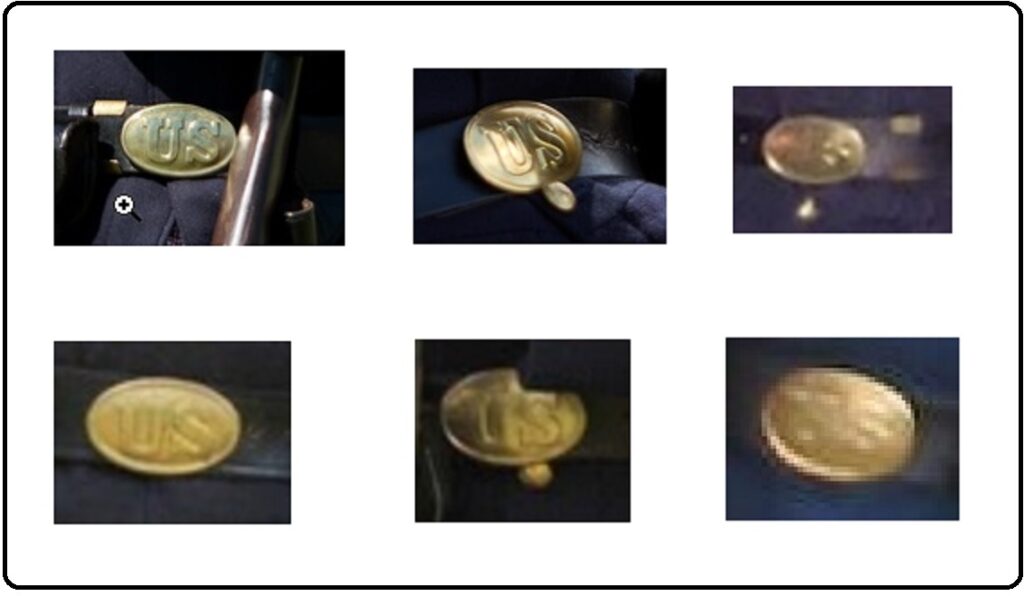 Oval-shaped belt buckles from photos of Union Civil War reenactors
Oval-shaped belt buckles from photos of Union Civil War reenactors
The above photos are taken from reenactors with uniforms for common soldiers of the American Civil War (Union), in other words those with ranks below sergeant. The declaration that some skeptics have made, namely that Ptp resulted from actors working for the Freakylinks TV show about two decades ago, is now brought into serious question.
Not only do the uniforms not resemble those of Civil War reenactors in terms of the belt buckles, but other details discredit the idea that recent actors were photographed in creating Ptp. Look at the general appearance of these men:
.
Notice the general build of these six men who appear to be common soldiers, probably below the rank of sergeant. To me, they seem a bit too well fed to be from 1864 or 1865, but not nearly as heavy set as many Civil War reenactors of the 20th and 21st centuries. In other words, their general build suggests they were photographed after 1865 but before 1970. Yet there is more.
Notice something just below the left boot of the “FS” soldier, also just below the end of the beak of the apparent pterodactyl.
.
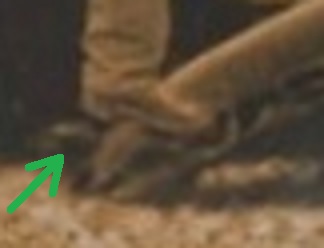 Apparent stabilizing block of wood or tree branch
Apparent stabilizing block of wood or tree branch
The above magnification of part of the Ptp image shows what appears to be an object under the boot of one soldier and possibly also under the beak of the large flying creature. This suggests that the photographer was using the older technology in recording the photo: This kind of recording took a number of seconds, which sometimes required using objects to help people remain very still during the photographic exposure. If true for this image, it would clearly date the photo to well before the beginning of the 20th century, possibly more than two decades earlier.
In addition to all that, the men in Ptp have pistol holsters, which in itself makes it highly likely that the original photo was shot AFTER the Civil War.
That photographic evidence for Ptp being pre-20th-century fits perfectly well with the rectangular belt buckles on those men who wore those uniforms of common soldiers.
For more evidence that the original photograph included a real modern pterosaur before the 20th century, see my other publications and videos.
.
###
.
Pterodactyl Photo in a Youtube Video
On the right . . . is the Ptp image, and this shows a number of signs that the original was a true old photo that includes a real modern pterosaur.
.
Why believe in ropens or modern pterodactyls
Why are some skeptics so insistent that somebody must force them to believe in non-extinct pterosaurs before they will believe? The following is part of a comment made under a Youtube video on my channel Protect Animal Life, and it’s from a young man who used to live in Florida . . .
.
Press Releases About Non-Extinct Pterodactyls
A nonfiction-cryptozoology author has analyzed reports of non-extinct pterosaurs, commonly called “pterodactyls” or “flying dinosaurs,” and found how sightings relate to thirty-three states (and Washington D.C.) of the United States.
.
Scientific Paper on Modern Pterosaurs
The Abstract refers to standard models of evolution regarding asserted extinctions of all species of dinosaurs and pterosaurs. It also refers to the Flood of Genesis and to the young-earth view that allows for the possibility that some of the pterosaurs survived extinction.
.
When to Report a Pterodactyl Sighting
. . . if you or someone you know has seen a living pterodactyl, report it NOW, and use the following page for more information . . .
.
What would we expect if a large animal had been shot dead by Civil War soldiers? Would the creature likely have fallen to the ground in a perfect location to be photographed: perfectly visible in a clearing? No, it would probably fall dead in a poor location. When the photographer arrived, however, he would ask the soldiers to drag the carcass into a nearby clearing, out from under the bushes or other hindrances to photography. Would not the dragging leave a mark on the ground? Quite possibly, if not quite likely. [The Ptp image has a drag mark, suggesting the apparent pterosaur may very well have been a genuine featherless flying creature.]
.
Pterodactyl Sightings and Human Cultures
Over the past 17 years, I’ve received direct eyewitness reports of apparent living pterosaurs from hundreds of ordinary persons who have seen extraordinary flying creatures, and these persons come from five continents.
.

